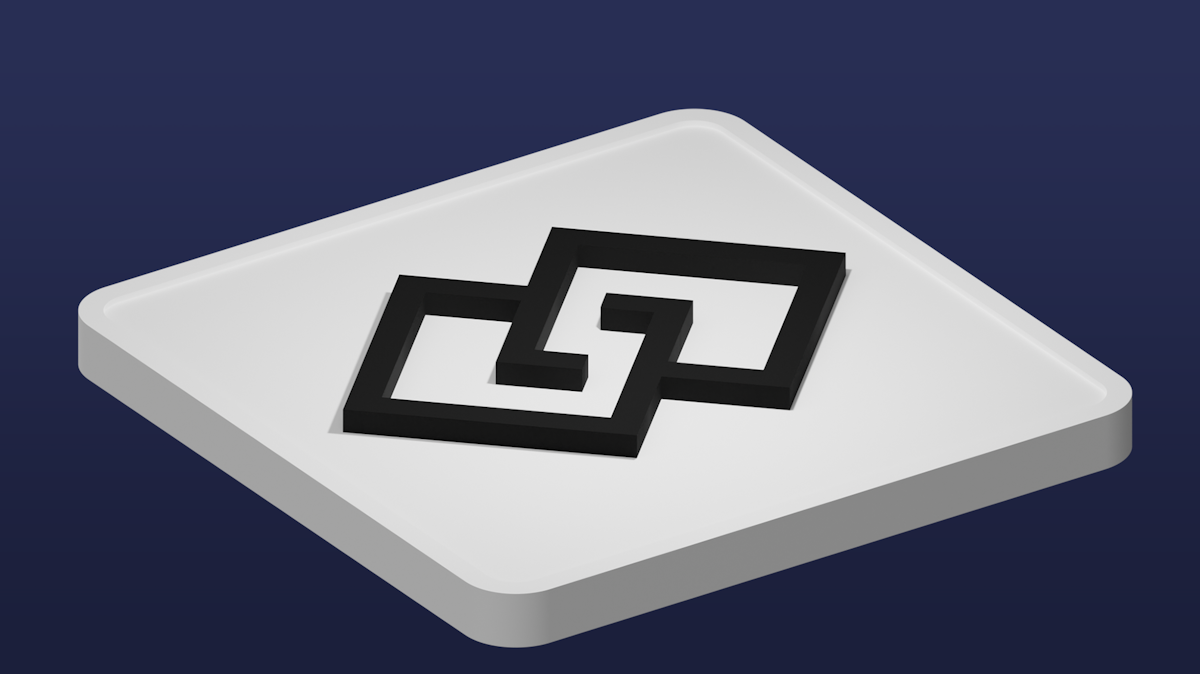What is SegWit?
In the upcoming lesson, we are going to tell you about SegWit. You will probably have heard about it once, but what exactly does it mean? You will know after reading this article.
Brief summary
✔️ SegWhite is short for Segregated Witness, a scalability update for Bitcoin proposed in 2015 by Pieter Wuille.
✔️ The update was implemented on July 21, 2017 and fully activated on Aug. 24, 2017 via a soft fork.
✔️ SegWit separates the digital signature from transaction data to improve security, reduce costs and speed up transactions.
✔️ The update caused violent reactions, leading to a wave of consternation from miners and the emergence of Bitcoin Cash due to a hard fork.
What is SegWhite
SegWit is an abbreviation of Segregated Witness. In Dutch, you can translate this as separated witness.
It is an update of Bitcoin which was deemed necessary because of the network's lack of scalability and high transaction costs. Only a certain number of transactions were processed per second, causing new transactions to accumulate. SegWit provides faster transactions.
Bitcoin developer Pieter Wuille proposed in 2015 to separate the digital signatures, which covered about 65% of a block, from the transaction data.
SegWit was implemented on July 21, 2017. Its full activation followed on August 24, 2017. On that day, a soft fork, where the rules on Bitcoin blockchain were modified so that all future blocks could work with this update.
Three Bitcoin variants
Native SegWit represents the successor to SegWit and Legacy or classic Bitcoin. A SegWit address starts with a 3, Native SegWit (sometimes called bech23) starts with BC1 and a classic Legacy Bitcoin address starts with a 1. The Bitcoin community mainly uses Native SegWit because it is the most secure and cheapest method.
If you are going to send Bitcoin, it is best to use Native SegWit. Just make sure you use the correct network address when sending and receiving.
What was the reason for the Segregated Witness update?
In the early days of Bitcoin, there was no limit on the maximum size of a block. This allowed DDoS (distributed denial of service) attacks to take place on the network, bringing it down.
Satoshi Nakamoto therefore decided to limit the block size to 1 MB. That went well for some time, until Bitcoin became so popular that 1 MB was no longer enough to process all the information in a block in the foreseeable future. Bitcoin became expensive and slow.
How does the SegWit soft fork work?
When conducting a Bitcoin transaction, you have to deal with three components: the public address of the sender and receiver plus the signature. The signature took up so much space (about 2/3rds) in a transaction that it was separated.
By SegWit, signature data (such as private key) moved to a separate database and Bitcoin is more secure, cheaper and more scalable. Verifying transactions takes up much less space this way.
Transactions per block
Every transaction with Bitcoin has an identifier (TXID or ticker ID). This is a string of characters, the most important part of a Bitcoin transaction. The SegWit update allows many more transactions to be processed per block, greatly improving the speed of the network. The days of just waiting for your transaction to complete were then well and truly over. Transaction fees also went down significantly.
Another problem was also addressed with SegWit. Recipients could intercept the sender's transaction ID and change it to get more coins. Because this ID and the signature were separated, this is now impossible unless you also change the digital signature.
Larger blocks
The SegWit update also made blocks larger. This had an effect that people only found out about later. Larger blocks were harder to mine. The upgrade was followed by a concentration of miners who had the best equipment and thus were mining the most blocks. This group got richer and richer, while the laggards began to drop out.
A wave of concentration followed afterwards, with expensive equipment and low power costs becoming the bottleneck. But this was all put into effect when the SegWit update went online.
Hard fork Bitcoin Cash
Another consequence of SegWit is that there was a hard fork. Bitcoin Cash came into being in response to this update. There was disagreement on the Bitcoin network about whether this was the way to go.
Chinese miners in particular don't like SegWit much either. Because of this update, miners get reduced transaction fees and there are even large groups of miners who don't even want to work with SegWit. By the way, the Chinese government banned Bitcoin mining in China in 2021. As a result, the implementation level of SegWit was suddenly much higher, because especially Chinese miners had not yet downloaded the SegWit update.
So SegWit did shake things up quite a bit, but it is a very useful update for Bitcoin users, as well as for the network itself. Without SegWit, Bitcoin would probably have already died a painful death, due to network congestion and unaffordable fees for a transaction.

